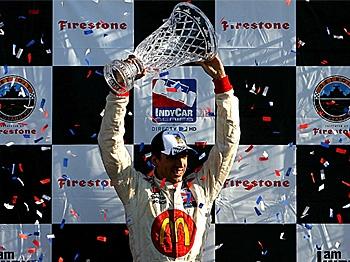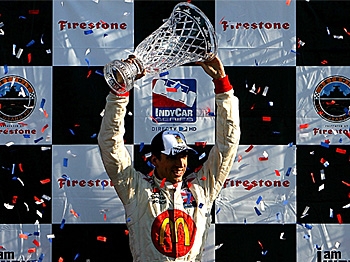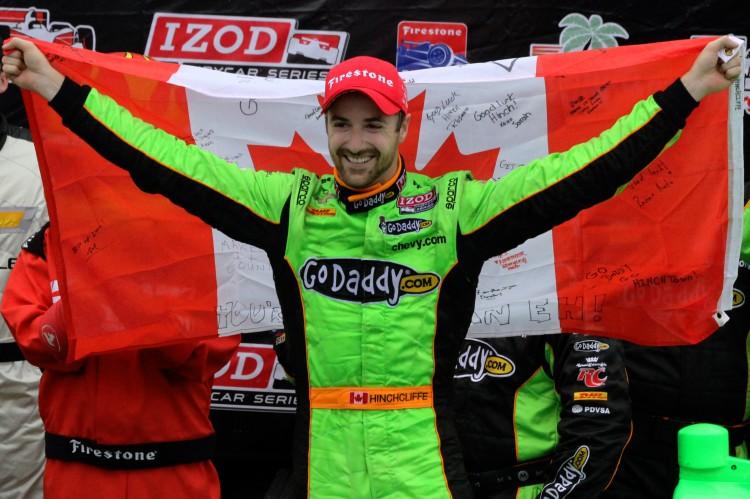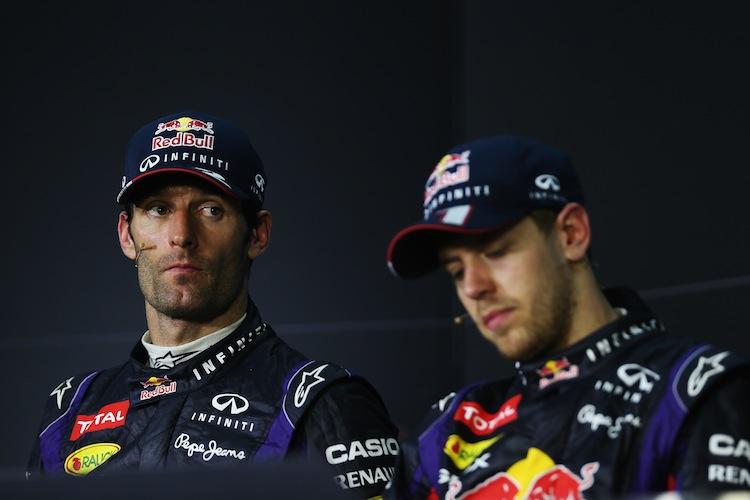Points contender Helio Castroneves came in second, while points leader Scott Dixon could manage no better than fifth.
The win was not without some controversy as Helio Castroneves was forced by race officials to let Wilson by after a blatant blocking move. By dropping from first to second, Helio lost ten championship points and severely hurt his chances to win the series.
The 2.09 mile, fourteen-turn Belle Isle IndyCar course has only a few viable passing zones; a driver’s ability to work through traffic safely is as important to winning as having a car that is fast on a clear track. It often happens that faster drivers will try to pass slower cars while those cars are trying to pass the care ahead, leading to confusion and collision.
This makes for close, exciting racing for the fans, but demands a lot of concentration and awareness from the drivers. Drivers have to watch their mirrors as much as they look ahead, and every pass has to be planned in advance.
Drivers have to be patient, and wait for safe openings but they must also be aggressive and seize every opportunity; once a driver gets to the front of the pack he or she can open a big lead while his or her pursuers are still stuck in traffic.






